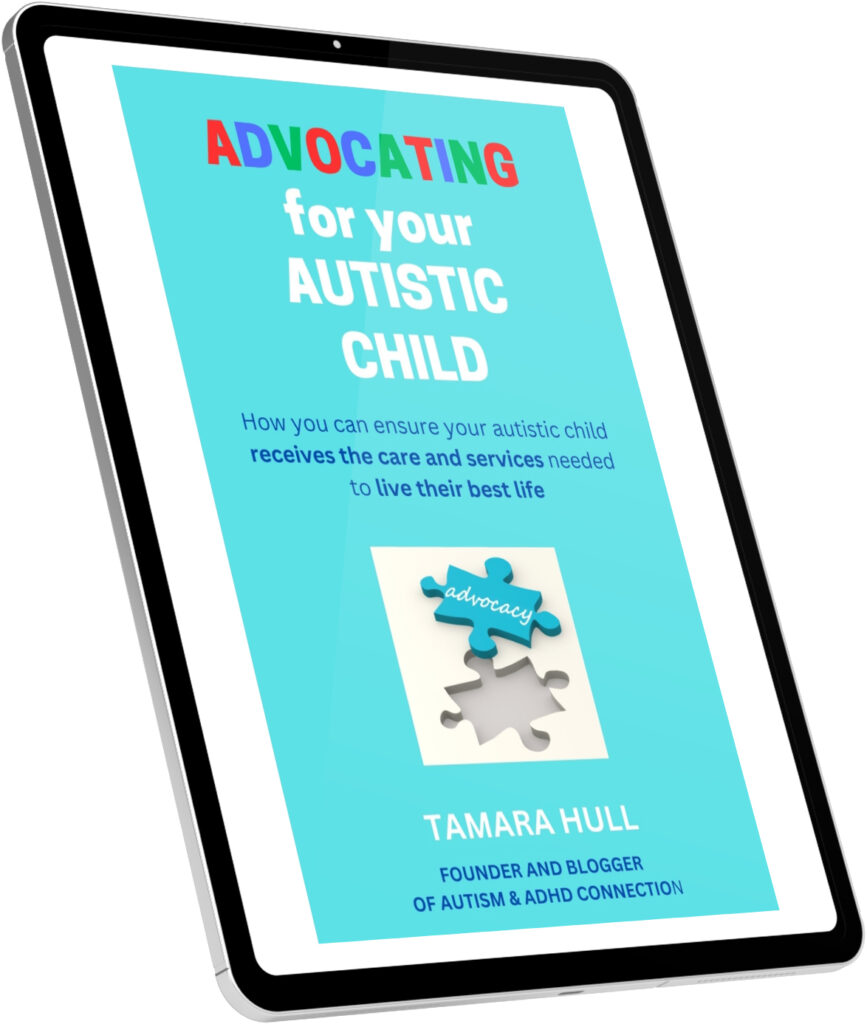Learning to read and write are key to developing good communications skills. For people with autism, many forms of communication – reading and writing included – don’t come easily to them. One way that students can learn these essential skills is with the use of certain technology. Many schools offer a variety of software programs to help students to learn and improve their reading and writing. As a parent, what type of technology could you use at home to help your autistic student improve their reading and writing skills?
Why autistic children struggle with reading and writing
Reading and writing challenge autistic children both from a physical and mental perspective.
From a physical perspective, writing can be difficult for children with autism because they may have delayed fine motor skills. The act of writing letters and numbers can be hard. Some children may need to work with an occupational therapist to improve fine motor skills so that they can write better. Visual-motor speed can also hinder both writing and reading skills.
From a mental perspective, autistic students may have cognitive difficulty in organizing their thoughts and understanding context to effectively write an essay or assignment. Many children and teens with autism struggle with executive function skills and perspective taking (also known as Theory of Mind). Those can lead to problems with writing. These can interfere with their ability to organize their points, keep them in their working memory, speak to a different opinion or perspective and other skills needed for writing an assignment.
Our experience with reading and writing challenges

My son J had difficulty with writing assignments in elementary school because he was a perfectionist with his handwriting. He does have beautiful handwriting; however, he writes slowly and would erase and begin a section again if he didn’t think it looked nice enough. Surprisingly, I found out this is common with other autistic students. They can get so focused on the handwriting itself that they don’t pay as much attention to the content of the writing. Because many autistic students are so focused on the skill of handwriting, their written assignments tend to be shorter, which can impact their grades.
In addition, focused interests can sometimes interfere with the child’s ability to focus and write an appropriate essay or complete an assignment. Some autistic children try to relate almost anything – including their schoolwork – to their special interest, whether or not it really can be. For example, when J was in first grade, he had an assignment in which he was supposed to draw a picture of a farm and then write a few sentences about the farm. Well, J was in his tornado focused interest phase at the time. Therefore, he did write a couple of sentences about a tornado hitting the farm. However, he refused to draw the picture because he said the tornado wiped out the farm and nothing was left. (We got a note home from his teacher for that one, but I seriously could not keep a straight face and ended up laughing! 😂)
J has always been a good reader when it comes to understanding what the words are and reading itself. Where he has struggled is better understanding the context and being able to relate it to an assignment. He has improved a lot over the years and has less difficulty with this in high school.
How technology helps autistic students with reading and writing

Many schools offer software and even some hardware technology to help students with reading, writing and other communication skills. For example, our kids’ school provides text-to-speech software that can “read” audibly the text for students. This can be very helpful for students who process words better when they hear them than when they read them. They can hear the words as they read them, which enhances their learning. The great thing is that the software is available for students to download to their own devices at home too.
Other types of software and hardware provided by the school can include:
- Portable word processors or tablets: These can be helpful for children who have difficulty with handwriting and find typing easier to write assignments. Many schools also provide typing software to help students learn how to effectively type.
- Talking spell checkers and dictionaries: If a child is typing their assignment, some schools may offer a talking spell checker within the software to identify spelling and grammatical errors. Some also provide a talking dictionary if the child needs to look up a definition of a word.
- Speech-recognition: For this type of software, a child dictates what they want to write into the microphone, and the software types out their words.
- Spelling and reading games: Many schools provide a variety of online games that children can use to improve their spelling and reading skills.
Most of the programs the schools offer are available on school devices or on a device brought to school by the student through the school’s website. These are usually subscription based and purchased by the schools.
How can you use technology at home to support reading and writing for your autistic student?

In addition to what your child has available through the school, you can also support reading and writing from home on your child’s own iPad (affiliate link), Android tablet (affiliate link) or computer. (If you cannot afford an iPad or tablet, some organizations offer autism grants to help purchase these for autistic children.)
Here are some suggested technology tools you could use at home to support reading and writing for your autistic student:
- Google Voice Typing is free with your Google account for Google Docs and other software.
- If you have a computer with Windows operating system, then you can set up Microsoft speech recognition on your computer.
- You can set up dictation on your child’s iPad with these directions from Apple.
- Reading, vocabulary and spelling software through storybooks and games can be really helpful. Check out the “Big Brain Academy: Brain vs. Brain” (affiliate link) that your child can use on Nintendo Switch (affiliate link).
- Free version of Grammarly to check spelling and grammar.
- QuestionIt app for autistic children. This free app “is an educational app for children with autism or other significant language disorders that provides systematic instruction over multiple opportunities to teach children what kind of word answers which type of W question. Activities include sorting words by type of question they answer, answering questions about sentences, and answering questions about paragraphs. The app uses faded color cues and errorless learning techniques.”
- There are many free reading apps for iOS and Android. Check out this article from Brightly that recommends several apps that are free for elementary-age children.
Learning how to read and write well is the cornerstone of good communication. These skills will help your autistic child be successful at school, in their career and throughout their life in general.
What other technology tools have you used for your autistic child to help them improve their reading and writing skills? Leave a comment so that we can share and encourage each other along this journey!








